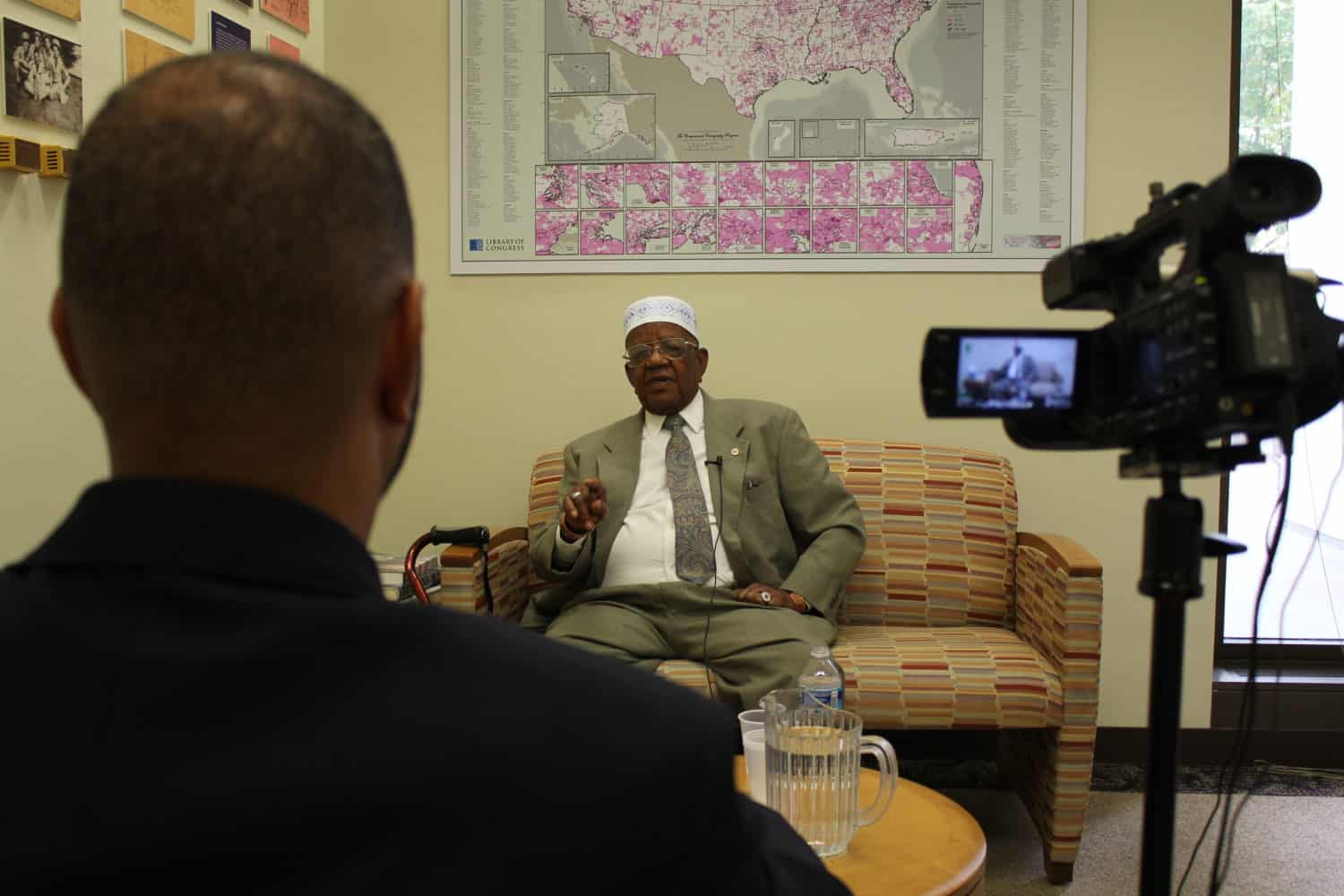Advocate as a …
…folklorist, generally speaking, or in a particular role as public folklorist, academic folklorist, or independent folklorist or cultural practitioner
No matter how you work as a folklorist, there are important ways for you to advocate. Here you will find ideas, strategies, and resources to help you advocate for your partners, communities, research, programs, and the field as a whole.

Folklorist
Need for Advocacy
Folklorists’ attention to artistic excellence among ignored traditions and marginalized communities, as well as to the familiar and traditional has at times suggested to outsiders that the field itself can similarly be ignored or dismissed, unnecessary as a discipline of study or a subject of preservation. Of course, folklorists know that it is this very quality that makes our work so essential; when we look at the expressive culture that is produced and shared by people working in shared traditions, we are focusing on the heart of what it means to negotiate the relationship of the individual self to the community at large. In one sense, any specific act of advocacy is serving the field as a whole, letting more people know what folklorists do, and how and why we do it.
“Advocacy” is not a one-sized fits all concept. Just as there are many ways to be a folklorist, there are many ways that folklorists will need to advocate: for artists or communities we work with, for our students, for ourselves as scholars or creators, for our programs or agencies, and even for the field in general. Regardless of job title, all folklorists are in a position to influence decision makers in ways that benefit collaborators and ourselves.

Case Study
Why I'm a Folklorist
What Folklorists Do
Check out this anthology from past AFS Executive Director and folklorist Tim Lloyd in which folklorists from across the discipline talk about their professional experiences.
Strategies for Advocacy
Owning the Name Folklorist
When it comes to the field in general, there are two levels on which any folklorist can be an advocate. At the most basic level, simply identifying yourself openly as a folklorist—whether in addition to or in place of any other relevant job title—communicates to a wide audience that “folklorist” is a job that some people have. You may find that some collaborators (or even family members!) will introduce you by a title that they find more impressive or professional. Being proud to clarify that you work as a folklorist can do wonders for how people perceive that job. Even casual interactions, whether in person or over social media, can intentionally incorporate the term “folklore” or “folklorist” in ways that simply normalize folklore as a field of study and a line of work.
Speaking Out for Folklore
Reaching out intentionally in more formalized ways—contacting elected officials or writing opinion pieces, for example—can help put the field of folklore on more people’s radars.
[…] simply identifying yourself openly as a folklorist—whether in addition to or in place of any other relevant job title—communicates to a wide audience that “folklorist” is a job that some people have.
The 1-2-3 Method
Sometimes this general form of advocacy will require you to have a few basic definitions in hand to share: a short definition of folklore, a brief explanation of the work you do, a quick overview of the diversity of professional folklorists. In Advancing Folkloristics, Trevor J. Blank suggests that folklore scholars follow what he calls the “1-2-3 Method” in preparing their answers beforehand:“1-2-3” stands for one sentence, two paragraphs, three minutes” (2021).
In addition to explanations of folklore, this method can be used when talking about our programs, projects, exhibits and research as well. Ideally, our answers should relate to our own areas of research (for the sake of effective elaboration) and to the discipline at large (for the sake of avoiding reductionism) (Blank 2021).
- Step 1:First, folklorists should come up with their own succinct, catchy summation of what folklore is in one clear sentence, hitting on all the most important strokes possible, such as “vernacular expression in everyday life” or “informal, traditional culture” (McNeill 2013, 13).
- Step 2: Come up with “two paragraphs,” where the simple definition can be built upon with examples of genres, texts, or overarching lines of theoretical orientation that speak to the folklore discipline’s purview. “
- Step 3: “Three minutes” should feel like a mini-lecture with a succinct definition invoked, an overview of the big themes within the discipline explored, and an elongated rumination on the field and its components, with relatable examples and experiences on tap.